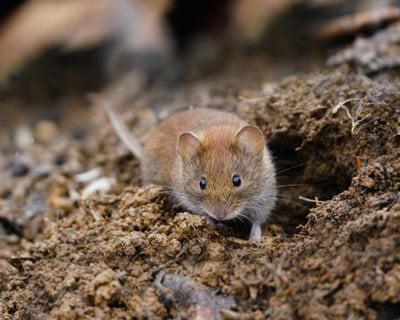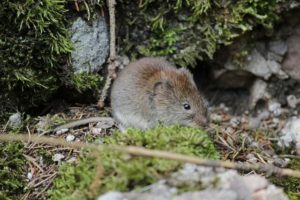Proven Vole Control Techniques to Protect Your Property
Proven Vole Control Techniques to Protect Your Property
Blog Article
Comprehensive Overview to Reliable Vole Bug Control: Invasion Identification and Therapy Techniques
In the realm of efficient insect control, vole infestations posture an unique difficulty that requires a calculated technique. These small rats, usually mistaken for mice, can ruin gardens, grass, and plants if left unattended. Determining the indicators of vole presence and applying targeted treatment approaches are necessary parts of a successful pest management plan. By discovering the subtleties of vole habits, recognizing vital signs of invasion, and examining a variety of control options, one can develop an extensive strategy to fight these elusive pests.
Recognizing Vole Habits
Vole actions is identified by their burrowing practices and fast recreation rates, making them a difficult insect to regulate successfully. These tiny rodents commonly develop intricate tunnel systems underground, utilizing them for sanctuary, food storage space, and transportation. Voles are herbivores, consuming a selection of plants, light bulbs, origins, and yards, which can trigger substantial damages to gardens, orchards, and yards. Their quick reproductive rate further makes complex control efforts, with ladies qualified of producing several trashes in a single year, each consisting of a number of spawn.
Understanding vole actions is critical for efficient pest control strategies. By identifying their burrow places, checking feeding locations, and implementing targeted control methods, such as trapping or habitat adjustment, vole invasions can be taken care of efficiently.
Indicators of Vole Infestation

Prevention Approaches
Executing effective prevention methods is crucial in lessening vole problems and guarding greenery from their devastating feeding behaviors (vole control). To stop vole invasions, it is vital to begin by removing potential food resources and shelter. Maintain grass and vegetation trimmed short, eliminate weeds and particles, and maintain a neat yard or lawn to make the area less eye-catching to voles. Mounting barriers such as equipment towel or below ground fencing can likewise assist deter voles from going into particular locations. In addition, decreasing excess wetness by fixing leaking pipelines and ensuring correct drainage can make the setting less hospitable for voles.
Regularly evaluating the property for signs of vole activity, such as runways and tunnel openings, is essential for early detection and timely activity. If vole activity is thought, think about utilizing repellents or traps strategically placed near their paths. Using all-natural killers like owls or snakes can likewise assist maintain vole populaces in check. By implementing a combination of these avoidance strategies, garden enthusiasts and homeowners can effectively secure their vegetation from vole damage.
Non-Lethal Control Techniques
To efficiently handle vole populations while focusing on humane methods, non-lethal control methods use practical services for reducing vole damages in landscapes and yards. One efficient method is making use of physical barriers such as hardware towel or cable mesh to safeguard vulnerable plants. These obstacles can be hidden at the very least 12 inches curved and deep at a 90-degree angle to stop voles from tunneling underneath. Additionally, habitat alteration can prevent voles by minimizing their chosen food sources and concealing spots. Maintaining a well-mowed yard, eliminating debris, and keeping plant life cut can make the atmosphere less appealing to voles.

Lethal Control Options
One reliable approach for attending to vole infestations in gardens and landscapes includes the calculated use of lethal control options. When faced with an extreme vole problem that non-lethal techniques have failed to include, applying dangerous control steps comes to be vital. On the whole, when using lethal control alternatives, it is vital to do so responsibly and in conformity with regional guidelines to successfully handle vole infestations.
Final Thought
Finally, efficient vole bug control requires a detailed understanding of vole behavior, identification of indicators of problem, implementation of prevention techniques, and utilization of both non-lethal and dangerous control techniques. By integrating these techniques, people can successfully take care of vole populaces and protect their residential property from damages. It is essential to address vole infestations check here promptly to avoid additional concerns and minimize the influence on the surrounding environment.
Provided the detailed passage systems and rapid recreation rates particular of voles, identifying the indications of vole infestation ends up being essential in reliable parasite control. One of the key indicators of vole visibility is the presence of surface paths or tracks in grass or snow, normally about 1-2 inches broad, produced as voles take a trip between their burrows and food sources.To effectively manage vole populations while prioritizing gentle methods, non-lethal control techniques supply functional services for go to my blog minimizing vole damage in landscapes and yards.One reliable approach for resolving vole invasions in landscapes and gardens includes the strategic usage of dangerous control choices. vole lawn damage.In verdict, efficient vole pest control calls for an extensive understanding of vole actions, recognition of signs of infestation, application of avoidance techniques, and utilization of both non-lethal and lethal control approaches
Report this page